About Us
Advertise With Us
RSS Feed | Content Syndication
Terms & Conditions
Privacy Policy
Contact Us
BollywoodShaadis.com © 2025, Red Hot Web Gems (I) Pvt Ltd, All Rights Reserved.

Navratri is an annual Hindu festival observed over nine nights twice a year, first in the month of Chaitra (March-April) and second in the month of Ashvin (September-October). The festival is dedicated to Goddess Durga, who is also an aspect of 'Adi Parashakti', AKA the supreme Goddess. For the uninitiated, nine nights of Navratri are dedicated to nine different Goddesses of the Hindu culture.
The names of the Goddesses in order of their days go like Goddess Shailputri (Day 1), Goddess Brahmacharini (Day 2), Goddess Chandraghanta (Day 3), Goddess Kushmanda (Day 4), Goddess Skandamata (Day 5), Goddess Katyayani (Day 6), Goddess Kaalratri (Day 7), Goddess Mahagauri (Day 8), and Goddess Siddhidatri (Day 9). The festival of Navratri is celebrated differently in different parts of the country. While Garba and Dandiya nights take over in Gujarat, in West Bengal, people celebrate Durga Puja and Sindoor Khela, and Maharashtrians celebrate Navratri by doing Ayudha Puja.
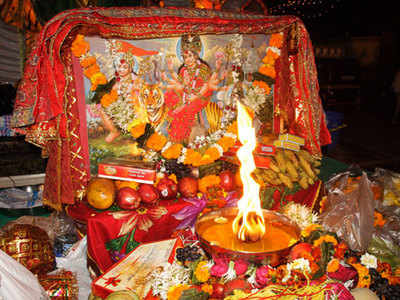
In different regions of Uttar Pradesh, Ramleela is held, which comes to its conclusion on the tenth day of Navratri, called Vijayadashami. Every region has its own identity when it comes to Navratri celebration. While the people in eastern and northeastern regions eat non-vegetarian food, the same food is strictly prohibited in Northern and Western regions of India. It's the diversity that makes everything beautiful, and with the emergence of social media, we are also witnessing the transfer of culture from one state to another.
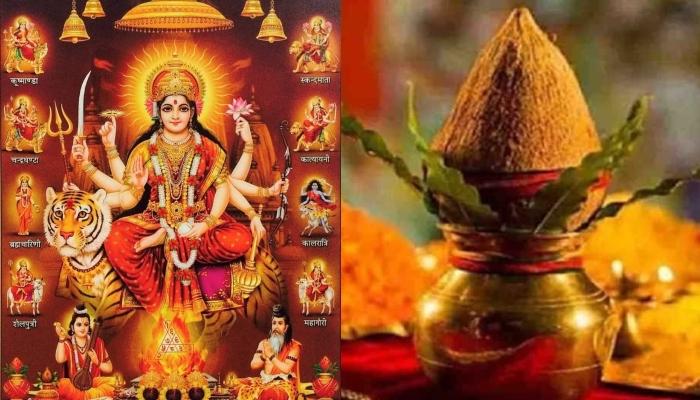
Continue reading below
Amidst all the excitement and festive vibes due to Navratri across the nation, we will talk about Ahmedabad's Sadu Mata Ni Pol area, which trends every year at this time. Sadu Mata Ni Pol breaks into the headlines and trends on social media on the eighth day of Navratri due to a 200-year-old tradition. Most of the men of the Sadu Mata Ni Pol area wear sarees and perform garba to honour a 200-year-old curse. Yes! You read it right. The way they perform garba is less glamorous than the ones we see on Instagram reels due to the seriousness of the story behind it.
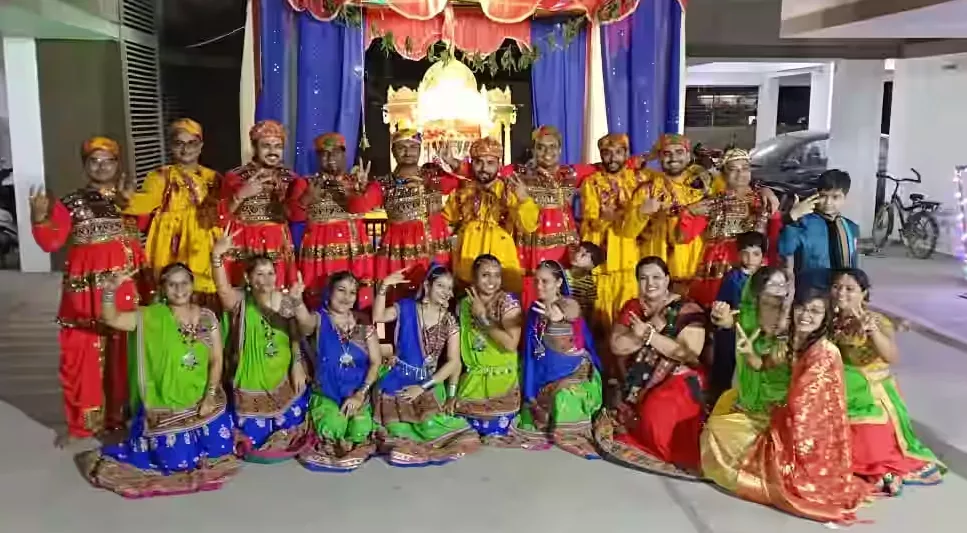
According to a report in NDTV, the ancestors of Sadu Mata Ni Pol were cursed by a Sadu Mata. If the locals are to be believed, 200 years ago, a woman named Saduben sought help from the men of the Barot community to save her from the Mughals. The Mughals wanted Saduben as a concubine, and despite her multiple cries for help, no one from the Barot community came forward to help her. When not a single man came forward, the Mughals killed Saduben's child and almost had her as a concubine. However, Saduben ended her life by performing the heart-wrenching practice of sati.
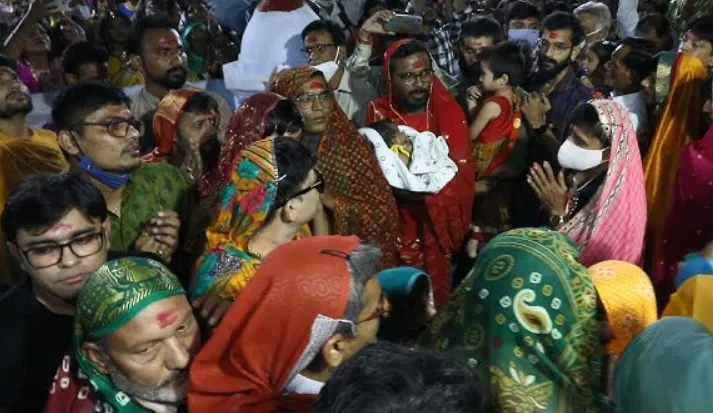
Before committing sati, Saduben cursed the men of the Barot community, declaring that their future generations will suffer as cowards. Thus, in order to appease Saduben's spirit, the locals also built a temple. Every year on the eighth night of Navratri, men from the Barot community gather in front of the temple and perform graceful garba to honour the curse. The men in the sarees twirl on the beats of Sheri Garba, a folk dance which has been passed down through their generations.
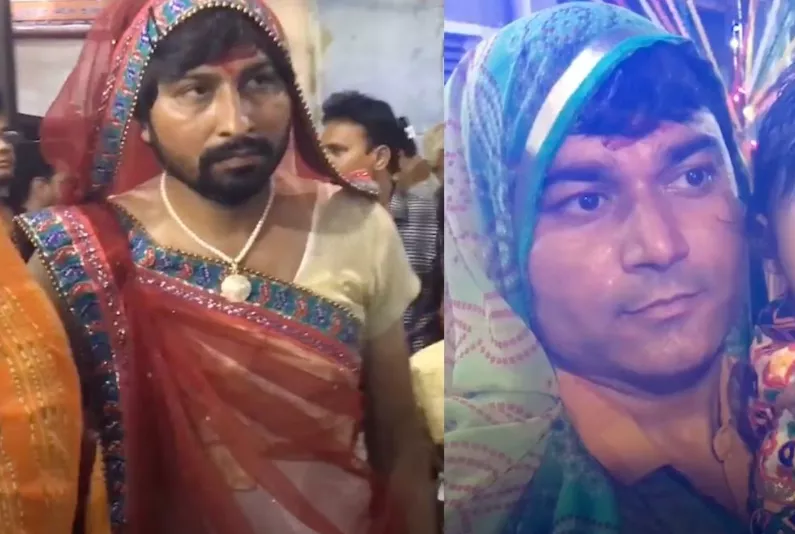
Interestingly, the Barot community treated Sadhuben as a sacred spirit, and the ritual wasn't done only to atone for the sins but also to seek her blessings. According to the locals, their wishes have been answered by the Sadhu mata, which is another reason why they've been following this tradition and will surely pass it on to the next generation.
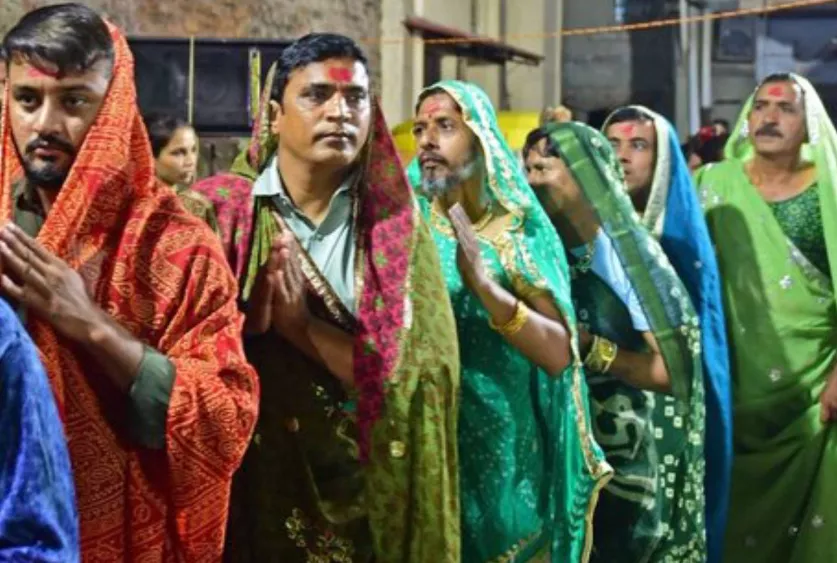
What are your thoughts on the story about the 200-year-old curse on the residents of Ahmedabad's Sadu Mata Ni Pol? Let us know.
Also Read: Premanand Ji Maharaj Recalls His Father's Reaction When He Told Him He Wants To Become A Saint
advertisement
advertisement
advertisement
